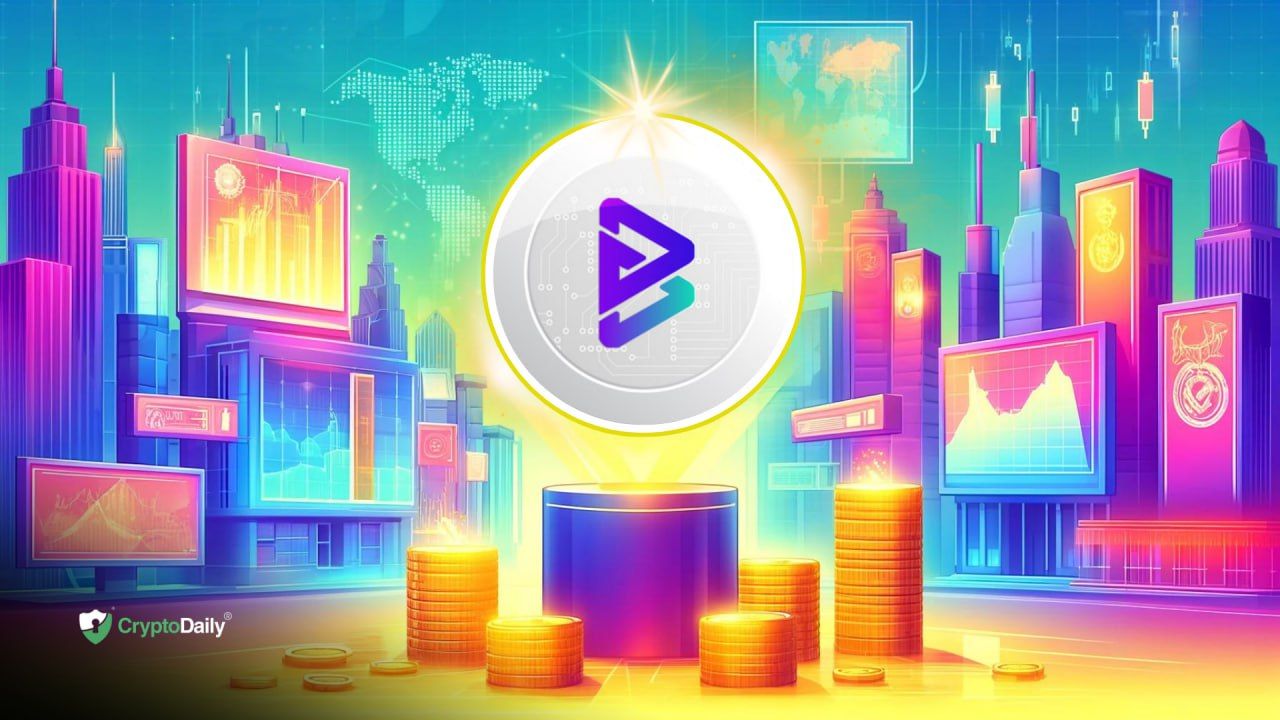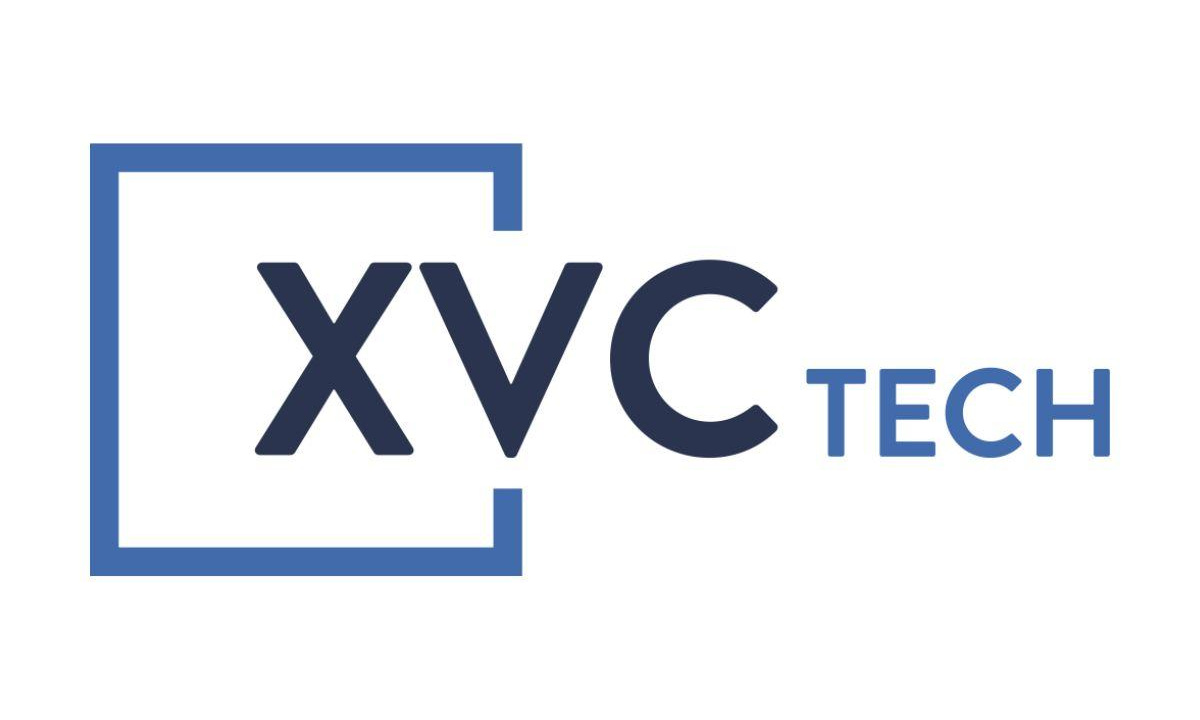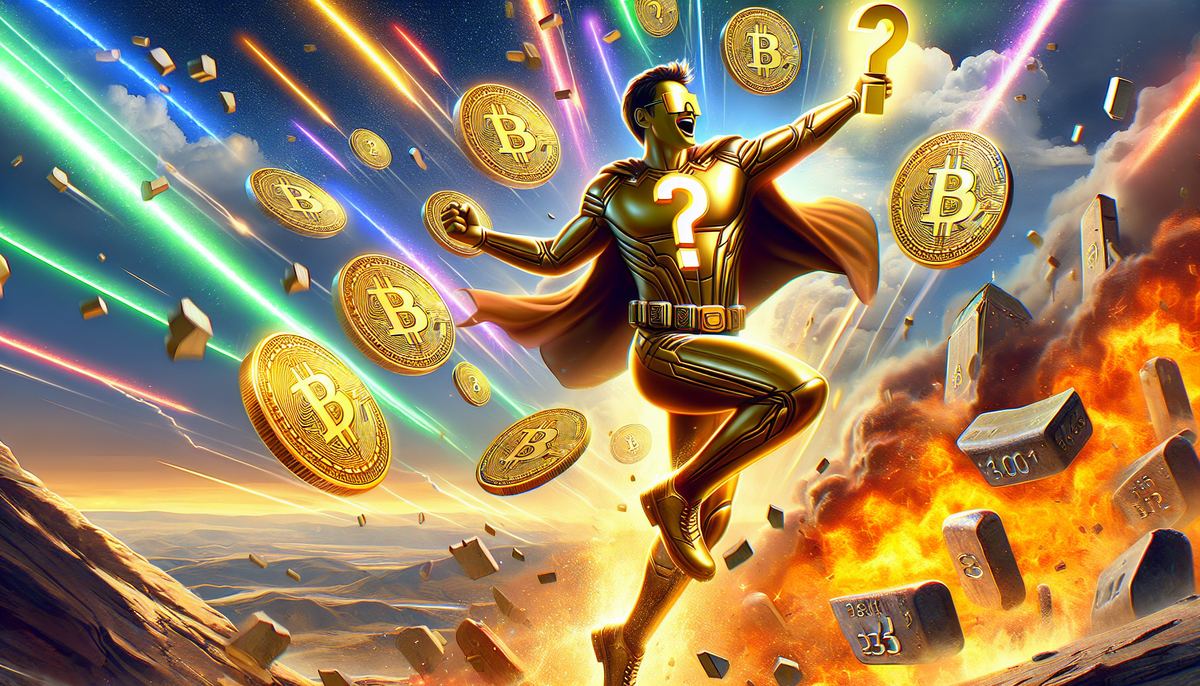Table of Contents
Iagon’s Cardano-Ethereum bridge will help interoperability as users will now be able to bridge their USDC from the Ethereum blockchain to Cardano.
Bridge Powered by Sidechain Milkomeda
The cross-chain bridge, launched by Iagon, will provide a solution to help bridge the world’s second-largest stablecoin USDC and ERC-20 IAG tokens from Ethereum to the Cardano network. Playing an important role in the bridge is the cross-blockchain protocol Milkomeda, which will help in the transfer of USDC from Ethereum to Cardano. To accomplish the transfer process, the user will first have to bridge their Ethereum-based USDC tokens to Milkomeda and then transfer it to the Cardano blockchain as a Cardano Native Asset. The swap, however, needs a minimum of 4 milkAda tokens as required by Milkomeda and Iagon Token Bridge. In the case of insufficient funds, users can transfer ADA from any Cardano wallet to an EVM wallet and get their tokens. Users can then connect their Cardano wallet with Nami or Flint wallets on the bridge page, select Milkomeda C1, and send the ADA funds to the provided address.
ADA, ETH Go Up
The bridge allows swapping ERC-20 IAG tokens for native tokens from the Cardano blockchain in both directions. As a result of the bridge, Cardano’s native token ADA has shot up 5% overnight in Asia, while Ethereum gained up to 2% overnight.
Ethereum’s co-founder Vitalik Buterin’s recent comments had led to some speculation that The Merge, which is the network’s transition from a PoW to a PoS consensus mechanism, might be delayed. This had led to some frustration among the community, as this upgrade was being teased for a long time. Therefore, the announcement about the bridge must have brought some highly-welcomed good news to the community.
Good Fortunes For Cardano
On the other hand, Cardano’s DeFi ecosystem is thriving, having collected around $119 million in total value locked (TVL) since the network’s Alonzo hard fork upgrade that opened it up for smart contracts. Furthermore, the inclusion of the USDC stablecoin in the Cardano blockchain will give Cardano’s DeFi ecosystem a further boost.
The network has plenty more exciting upgrades planned for the near future. For example, the scalability-focused Vasil hard fork public testnet has been scheduled for early June. Additionally, Cardano’s parent company, Input Output Hong Kong (IOHK), has recently announced that it has successfully concluded the Project Catalyst Fund8 round and will be launching the Fund9 round on June 1. However, the community is most hopeful about getting a native stablecoin in the form of the much-awaited algorithmic coin Djed.
Disclaimer: This article is provided for informational purposes only. It is not offered or intended to be used as legal, tax, investment, financial, or other advice.
Investment Disclaimer










